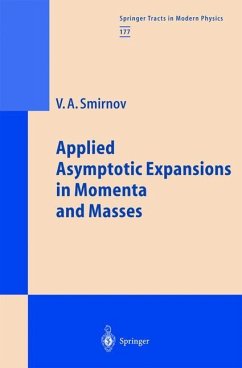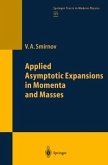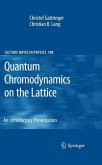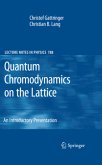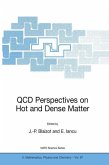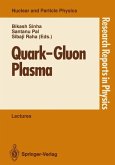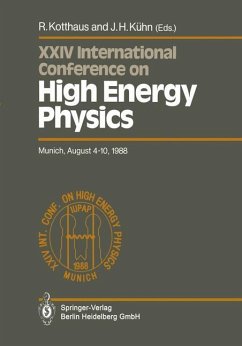'The sturgeon they sent was second grade fresh,' said the barman. 'Really, what nonsense/' 'Why nonsense?' '"Second grade fresh" that's what I call nonsense/ There's only one degree of freshness the first, and it's the last) (M. A. Bulgakov, The Master and Margarita) The goal of this book is to describe in detail how Feynman integrals can be expanded in suitable parameters, when various momenta or masses are small or large. In a narrow sense, this problem is connected with practical calcula tions. In a situation where a given Feynman integral depends on parameters of very different scales, a natural idea is to replace it by a sufficiently large number of terms of an expansion of it in ratios of small and large scales. It will be explained how this problem of expansion can be systematically solved, by formulating universal prescriptions that express terms of the expansion by using the original Feynman integral with its integrand expanded into a Taylor series in appropriate momentaand masses. It turns out that knowledge of the structure of the asymptotic expansion at the diagrammatic level is a key point in understanding how to perform expansions at the operator level. There are various examples of these ex pansions: the operator product expansion, the large mass expansion, Heavy Quark Effective Theory, Non Relativistic QCD, etc. Each of them serves as a realization of the factorization of contributions of different scales.

